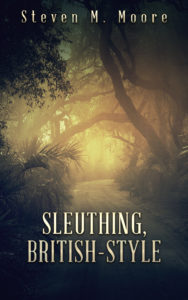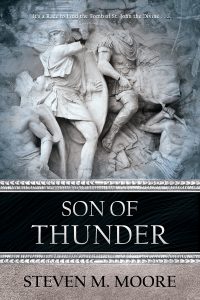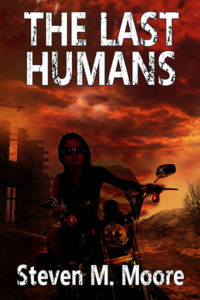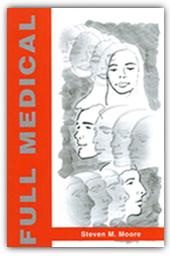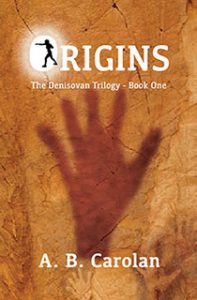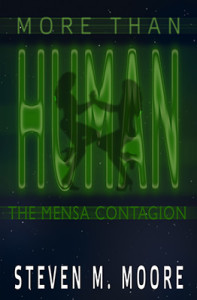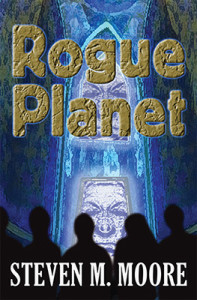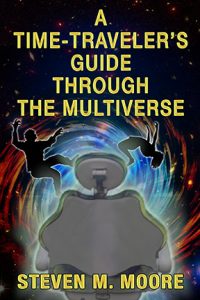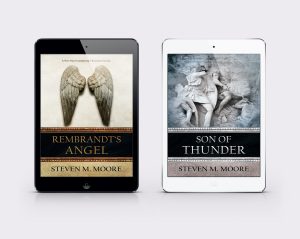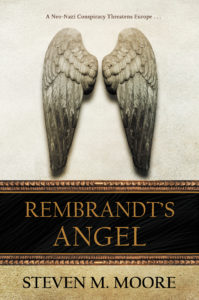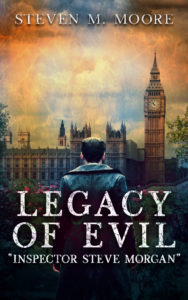“What are we going to do? Read books?”
September 30th, 2022I didn’t watch the Emmys—those types of incestuous, popularity contests don’t interest me in the least—but I remember someone saying this during the recap on the news. Some uneducated presenter was commenting about how good it was to have good TV to watch. I don’t want to waste my time here picking a battle with him and other zombies mesmerized by audiovisual pyrotechnics—you might hear such sentiments at the Oscars too—but I insist on praising the entertainment and educational value of reading a good book over any TV show or movie and asking even that presenter to consider that alternative.
First, TV shows and movies are formulaic and boring in general. Viewers can’t seem to realize what they’re missing…or they don’t care that the boob tube and the silver screen turns them into zombies. That’s their choice and their loss. Any avid reader can attest that books win over TV shows and movies hands down for the reasons mentioned. And those negatives apply to streaming video as well, which is the worst thing to happen to movies since they were invented (long after books, I might add).
Second, a good novel can entertain and educate a lot longer and more profoundly than any movie or TV show. Let’s consider a typical half- or full-hour show or even a two-hour movie. That half bour reduces to twenty minutes and that full hour reduces to forty. In that amount of time, a director can’t begin to tell a meaningful story, and a viewer doesn’t have the time to digest it even if the director could manage this miracle. A reader can read at his own pace, savoring the nuances of the story; putting it aside to ponder its lessons for a bit; or underline pithy prose sections as they go (even on a Kindle!).
Third, characters in TV shows and movies are often stereotypes and lack the complexity that real human beings have. What’s more, readers can interpret the characters in books, becoming them as they read, whereas with TV shows and movies, viewers are force-fed the actors portrayals of the characters (mostly dictated by a director, of course, because actors aren’t really that smart).
Fourth, there’s no Pulitzer, Nobel, or Booker prizes for a TV show or movie, and, as I said above, the judges of quality for the latter aren’t nearly as qualified and too involved in that media’s narcissism! Plays might be an exception, but dramas, like the novel, are first and foremost literature, not visual arts, and exist in a weird twilight zone between literature and visual arts at the best. In any case, no one should ever compare those prizes, even for drama, with those for commercial media, Emmys and Oscars.
Is this article only the rant of an erudite fiction writer? No, it’s more a suggestion to that idiot at the Emmys to try some quality entertainment, not fluff. In other words, he should read a good book!
***
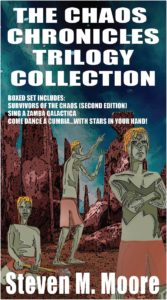 Comments are always welcome. (Please follow the rules listed on my “Join the Conversation” web page. If you don’t, your comment is classified as spam.)
Comments are always welcome. (Please follow the rules listed on my “Join the Conversation” web page. If you don’t, your comment is classified as spam.)
The Chaos Chronicles Trilogy Collection. This special 99-cent sale at Smashwords is better than my previous ones! And today is the last day! This ebook bundle contains three novels: Survivors of the Chaos, Sing a Zamba Galactica, and Come Dance a Cumbia…with Stars in Your Hand! You start your mind-blowing journey on a future Earth run by international mega-corporations and policed by their mercenaries, but a clever director of the interplanetary space agency refurbishes three long-haul space rigs and uses them to send colonists off to nearby stars. Those colonies become the salvation for humanity as human beings team up with good ETs to battle bad ones…and a collective super-intelligence that’s a bit ambivalent as a villain. But the worst enemy, a human, is yet to come; if this is my Foundation trilogy, he’s my Mule. Spanning thousands of years of future near-Earth history, these adventures in space and time will give you hours of sci-fi mysteries and thrills.
Around the world and to the stars! In libris libertas!

